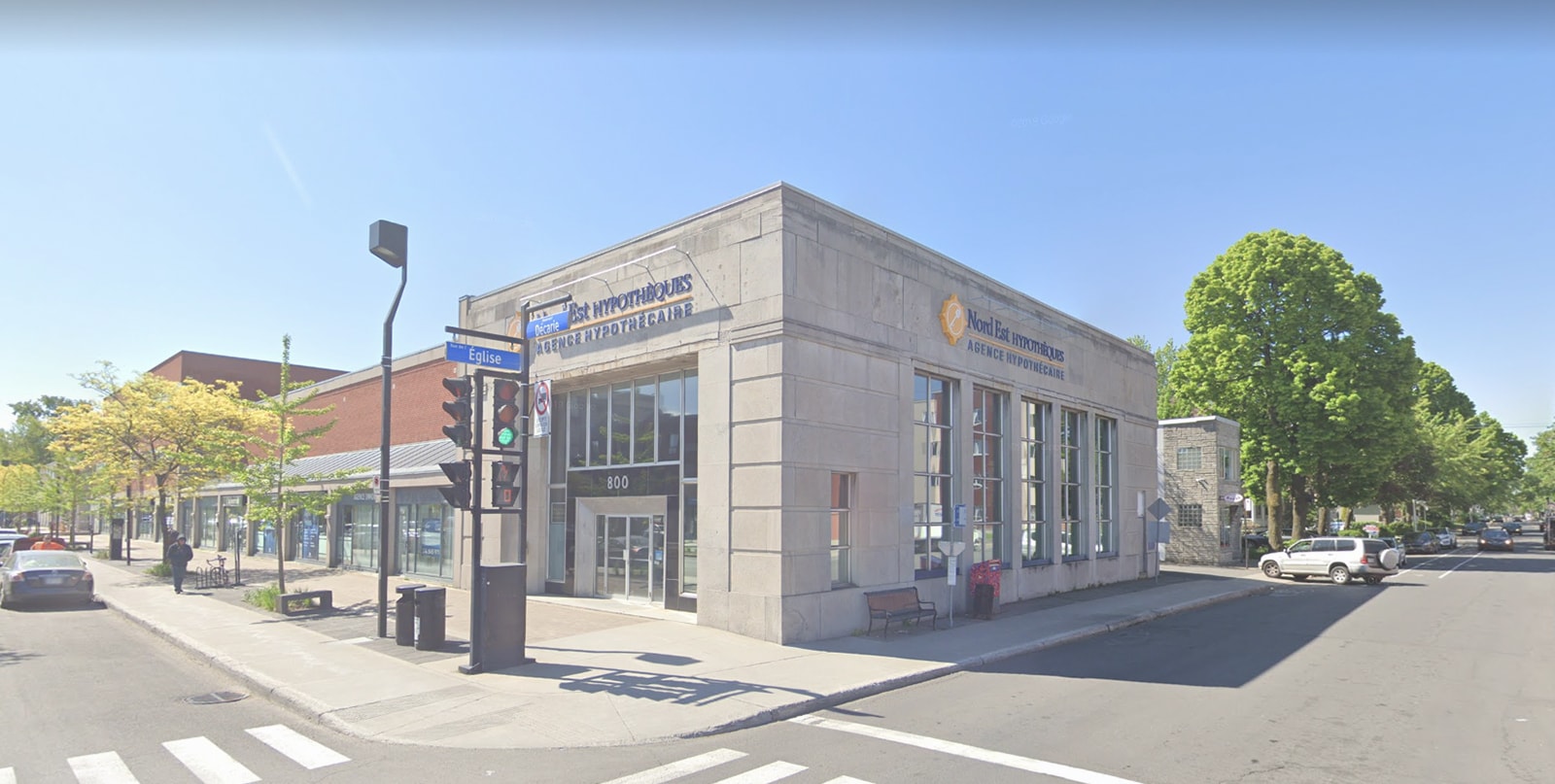OSFI dropped the hammer on the mortgage market this week. The changes to its mortgage underwriting standards were revealed and they are looking to further tighten the Canadian lending standards. This is the final revision of Guideline B-20 -Residential Mortgage Underwriting Practices and Procedures. The new rules will be taking effect on January 1st, 2018 and are applicable to all federally regulated financial institutions.
The last time OSFI made changes to the guidelines was last year in October (you can read our blog post here)
The 3 major changes are as follows…
- NEW STRESS TEST: Guideline B-20 now requires the minimum qualifying rate for uninsured mortgages to be the
greater of the five-year benchmark rate published by the Bank of Canada or the contractual
mortgage rate +2%. - Enhanced Loan to Value (LTV): Under the final Guideline, federally regulated financial institutions must establish and adhere to appropriate LTV ratio limits that are reflective of risk and are updated as housing markets
and the economic environment evolve. - Restrictions on Circumventing LTV: A federally regulated financial institution is prohibited from arranging with another lender a mortgage, or a combination of a mortgage and other lending products, in any form that
circumvents the institution’s maximum LTV ratio or other limits in its residential mortgage underwriting policy, or any requirements established by law.
What does all this mean to the average Canadian? In short point, one, this will force all lenders to use the stress test on all mortgages, insured (backed by CMHC) or not. The rate that will be used to qualify the mortgage will always be either the Bank of Canada (BoC) benchmark rate or the contractual rate that the client has +2%. Currently, the Benchmark rate of the BoC is 4.89%. This one move will reduce the borrowing capabilities of most Canadians by about $120,000 and make homeownership out of reach for the better part of the Canadian population. The second point will require that lenders modify the value of the home to reflect the risk that is associated with the transaction. In other word, if your credit is lower the value of your home will reflect the week score. As well if your home is in a less desirable neighbourhood then the value will reflect this as well. Lastly, in the past, lenders have always found ways to circumvent the value of homes to secure larger than normal mortgages but with the new rules they will no longer be allowed to do this.
As far as I’m concerned point 3 is a legitimate and prudent modification to B-20 & point 2 is a practice that most banks have already put in place long ago. The big hit is having to qualify mortgages at such outrages rates. It does not make sense when someone applies for a 5 year fixed to qualify them for such a high rate. The government wants to build in a security blanket but they are not taking into account that in the next 5yrs people will be getting raises on incomes.
For those of you that think this is to curb the influx of foreign investors and it is made to stabilize the prices of the housing market, our analysis shows that the majority of foreign investors do not have mortgages and purchase properties cash. The new rules, unfortunately, will do nothing but drive up prices of lower-end homes as Canadians will have no choice but to resort to purchasing bellow standard properties. It will as well cause a shortage of homes going on the market as most Canadians will not be able to upgrade their home.
As always I am available for questions or comments.
(514) 680-4674 Montreal
(647) 952-1000 Toronto
Request Information
[caldera_form id=”CF59ea014438cef”]



